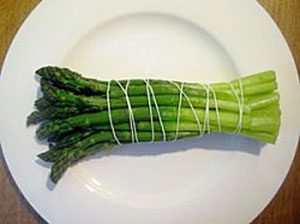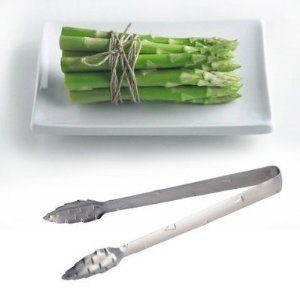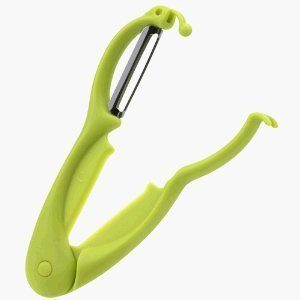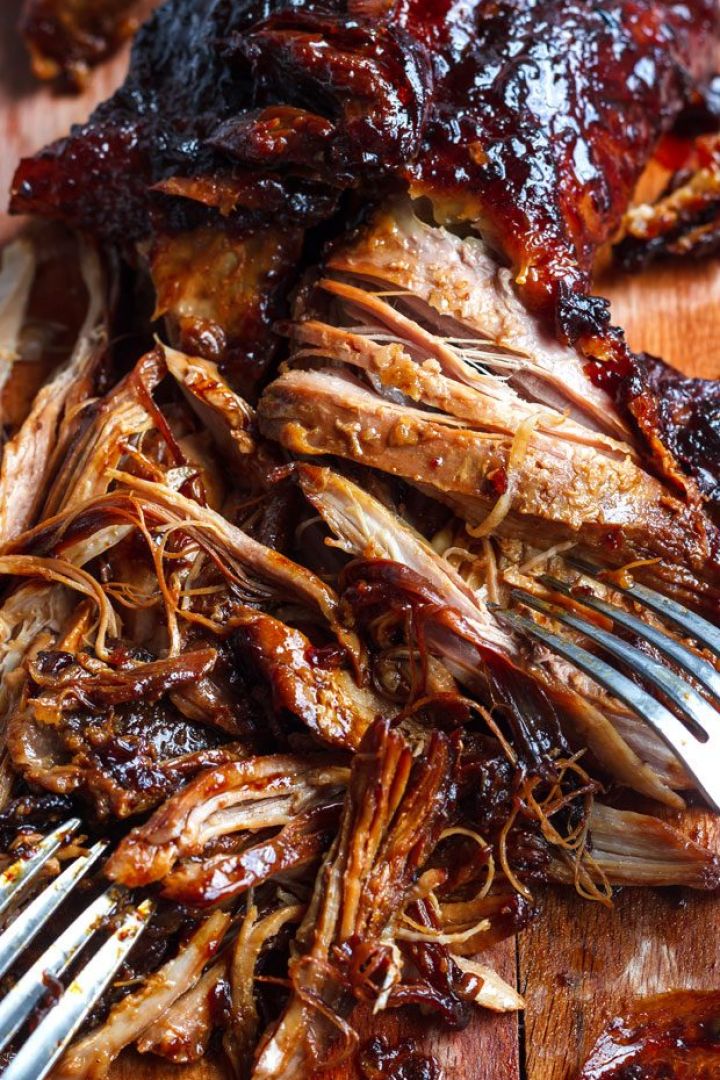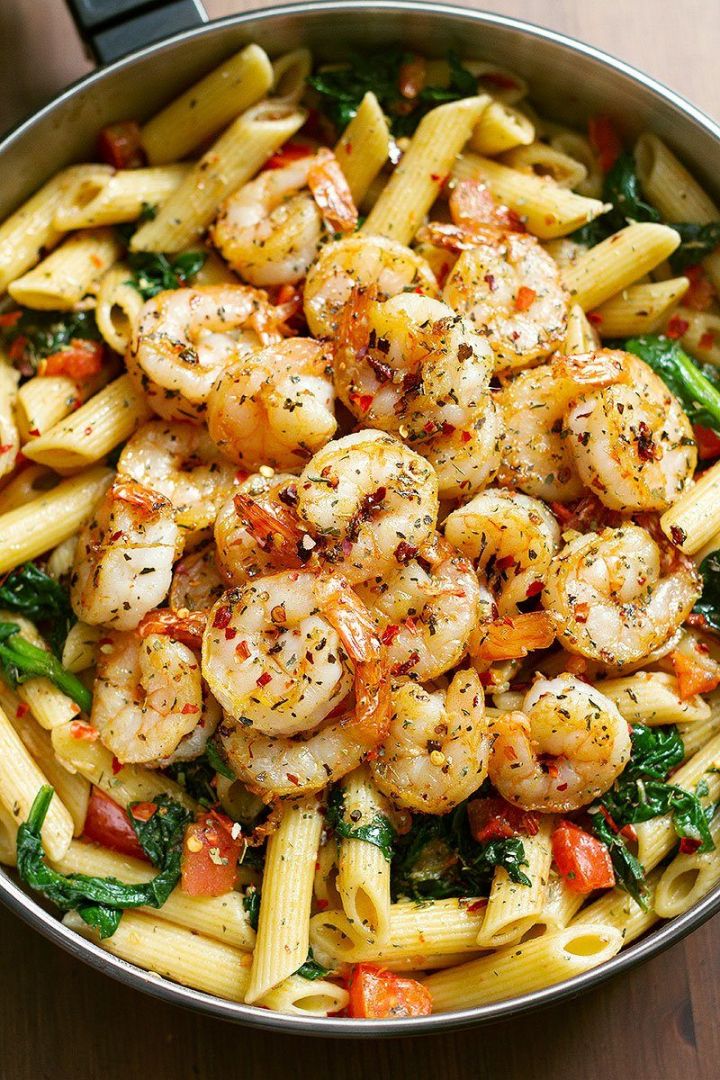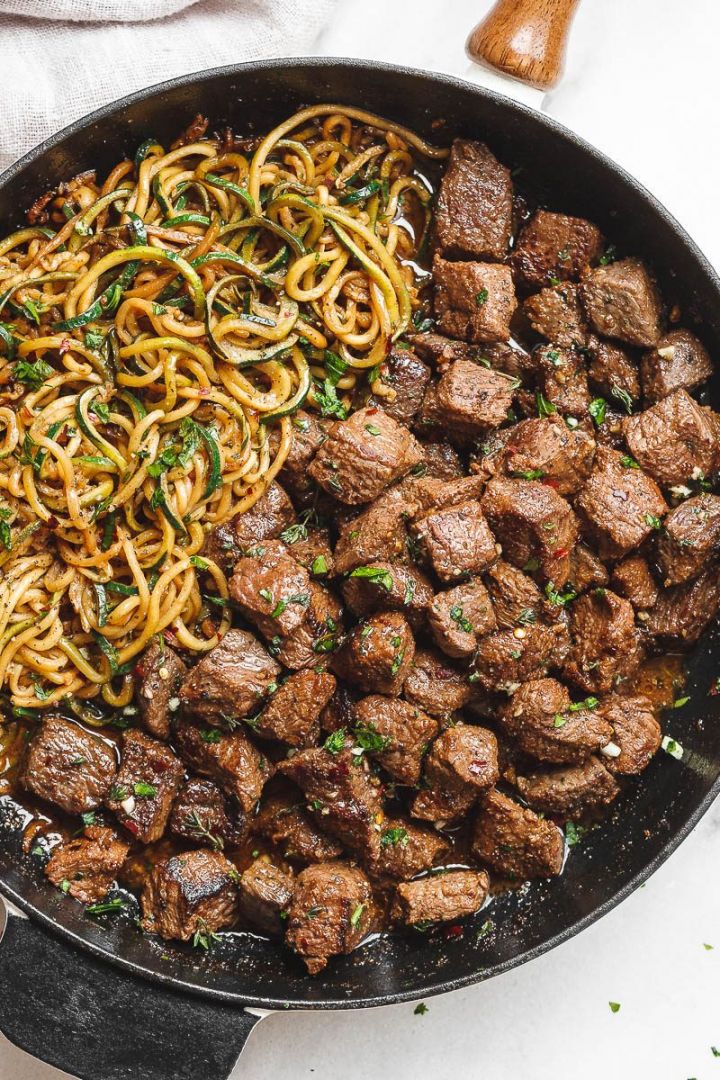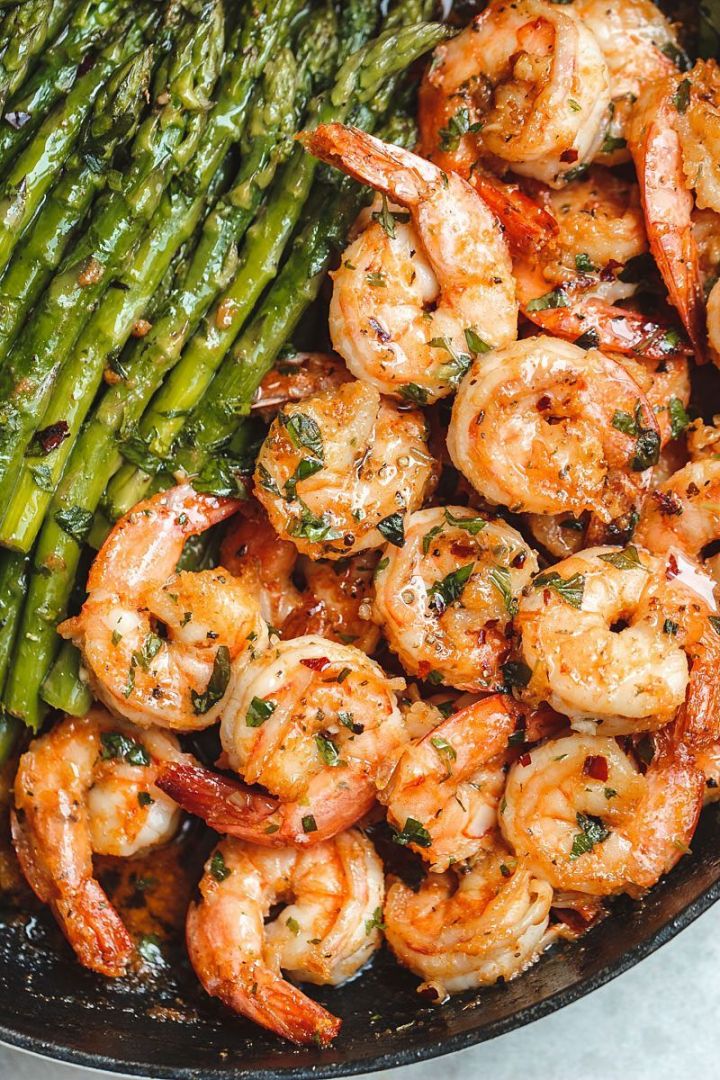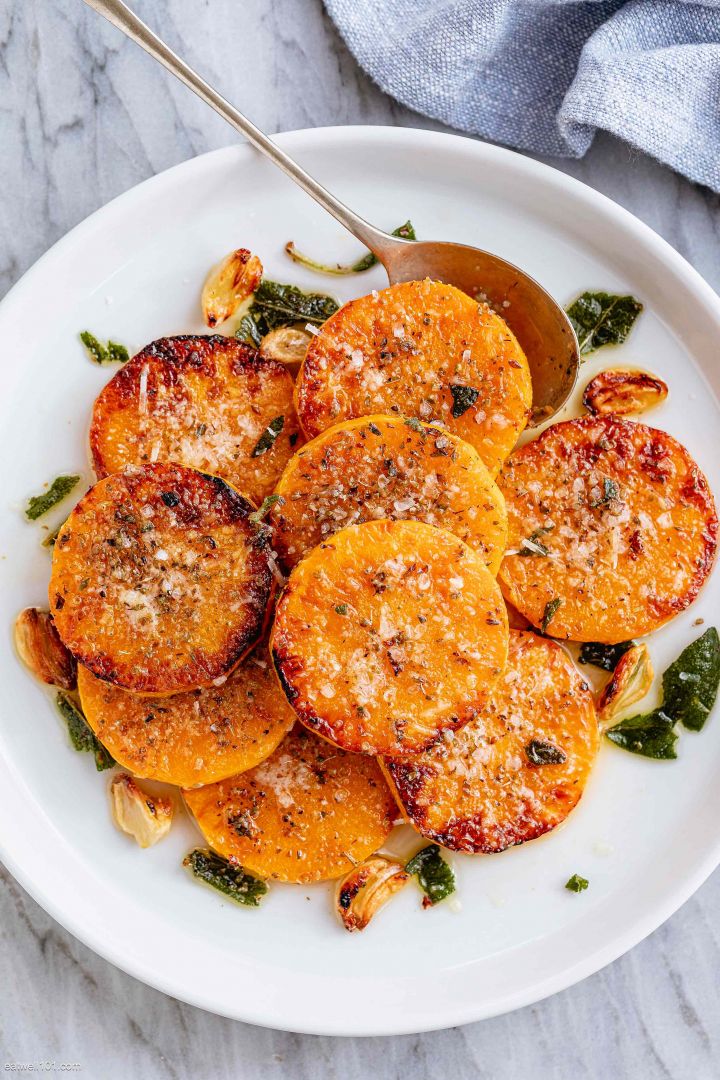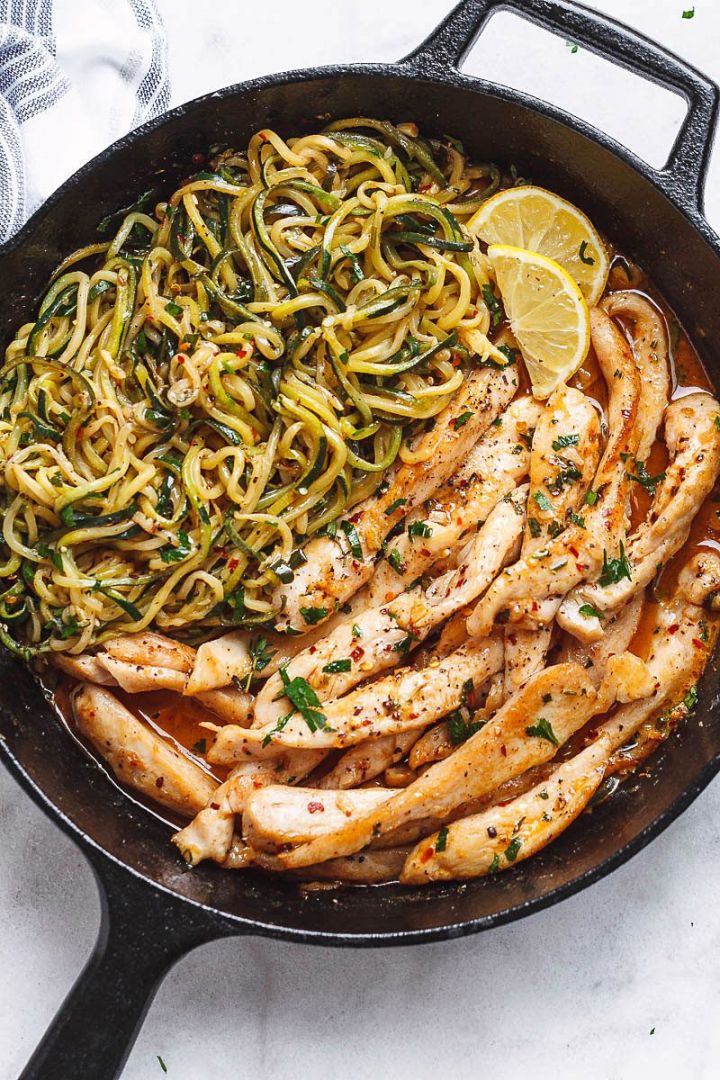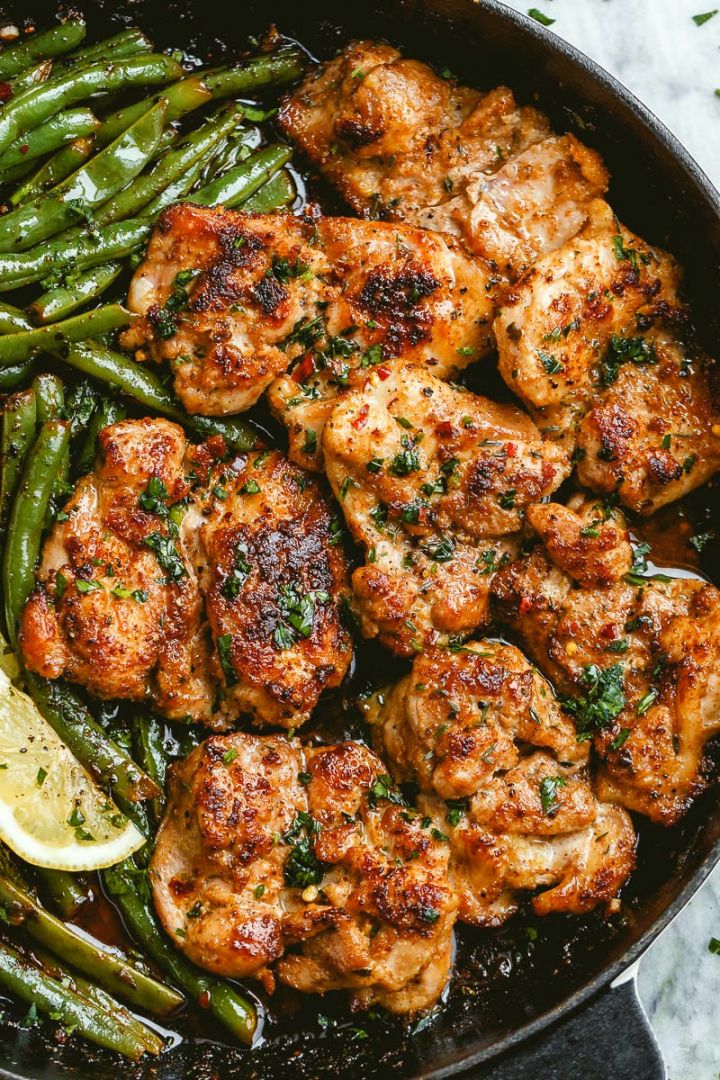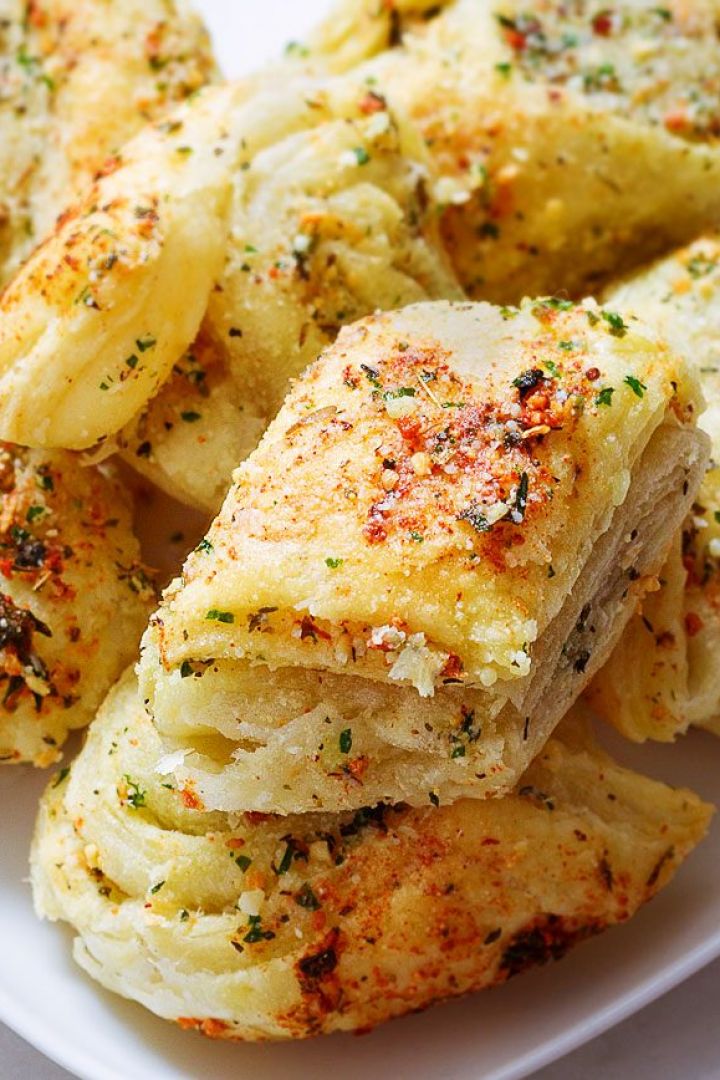[portfolio_slideshow exclude=”80957, 80931, 80930″]
The asparagus parts we eat are also called “turions” which are underground rhizomes. We distinguish:
– White asparagus is harvested when the shoots are just emerging from soil.
– Asparagus with violet tips is harvested when the tips come a few inches above the soil.
– Green asparagus grew more and is out of the ground.
Asparagus is peeled to remove the stringy parts that are unpleasant in the mouth.
How to peel and bunch asparagus for cooking
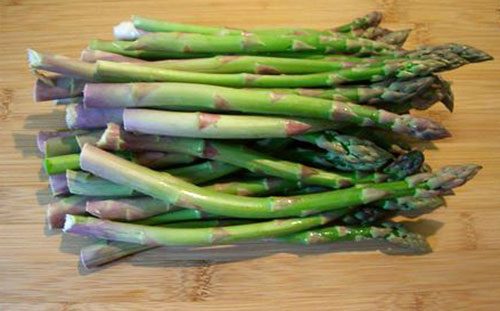
Peel and Bunch Asparagus for Cooking Instruction
1. Lay an asparagus on the board (or on a returned baking tray)
2. With the Bursar peel the asparagus roughly from the mid height
3. Proceed in the same way for all asparagus
Tie the asparagus in a bunch (see notes below) as you would do for a bouquet garni.
4. Trim the base of the asparagus to equalize their length.
For cooking you can opt for English style poaching or steaming. Here it’s english style cooking.
To serve warm, leave them in bunches for reheating.
Remarks:
For smaller green asparagus, it is not necessary to peel them; you just make bunches for cooking.
If you buy asparagus of different sizes, it is better to make several bunches, to apply an even cooking for each size.
We make bunches before cooking asparagus because the shoots are fragile and this prevents them from breaking during cooking.
You can also make a bunch per guest, allowing for a faster service.
When there is asparagus in a dish or in one of the elements of a dish, it may take the name “Argenteuil”.
To help your to better handle and prepare asparagus we made a selection of useful kitchen utensils especially designed for asparagus.

